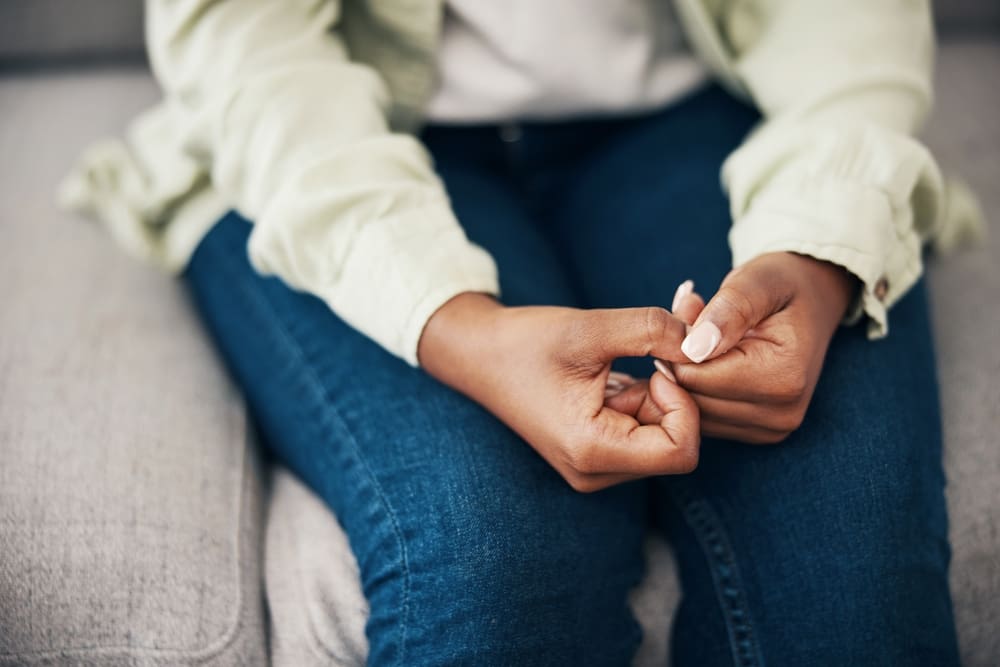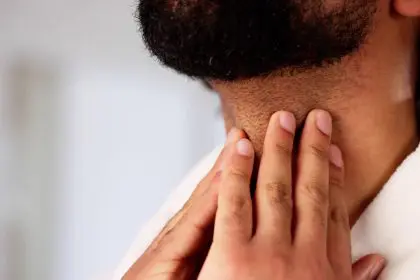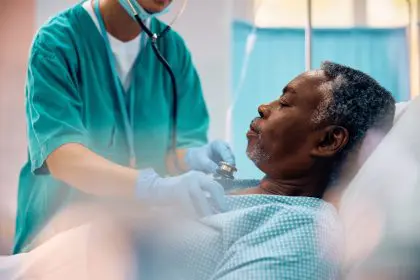In a world of constant connectivity and mounting pressures, generalized anxiety disorder (GAD) has emerged as a significant mental health challenge affecting millions. Recent studies show that anxiety rates have increased by 25% since 2024, with many people experiencing symptoms without realizing their condition. Understanding the subtle signs of GAD has become crucial for early intervention and effective treatment.
How GAD differs from everyday stress
While occasional anxiety touches everyone’s life, GAD manifests as a persistent undercurrent of worry that colors every aspect of daily living. Mental health experts describe it as wearing invisible weights that make even simple tasks feel overwhelming. The condition affects sleep, relationships, work performance, and overall quality of life in ways that extend far beyond normal stress responses.
The 7 surprising signs of GAD
- Physical symptoms often mask themselves as other conditions. Persistent muscle tension, recurring headaches, and unexplained digestive issues frequently signal GAD rather than purely physical ailments. These symptoms typically worsen during periods of increased stress. Medical professionals note that up to 70% of initial GAD diagnoses begin with patients seeking help for physical complaints.
- Sleep disruption extends beyond typical insomnia. People with GAD experience racing thoughts at bedtime, wake frequently with worry, and often feel unrested despite adequate sleep hours. This creates a cycle of fatigue that compounds anxiety symptoms. Recent sleep studies indicate that GAD patients spend 40% less time in deep, restorative sleep phases compared to non-anxious individuals.
- Decision paralysis impacts daily functioning. Simple choices like selecting lunch or choosing an outfit become overwhelming tasks. This paralysis stems from an excessive fear of making wrong decisions, leading to procrastination and avoidance. Research shows that individuals with GAD can spend up to three times longer making routine decisions compared to others.
- Relationship patterns show distinct changes. GAD sufferers often seek excessive reassurance, struggle with commitment, or withdraw from social interactions. These behaviors can strain relationships and create additional anxiety about maintaining connections. Studies indicate that people with untreated GAD experience relationship difficulties at twice the rate of the general population.
- Work performance fluctuates unexpectedly. Despite high capability, individuals with GAD may experience periods of decreased productivity, difficulty meeting deadlines, or trouble concentrating. The fear of failure often leads to overworking and burnout. Workplace studies reveal that GAD accounts for approximately 20% of productivity loss in affected individuals.
- Physical restlessness manifests in subtle ways. Constant fidgeting, nail-biting, hair twirling, or inability to sit still during meetings can indicate underlying anxiety rather than simple nervous habits. These physical manifestations often become unconscious coping mechanisms for managing internal tension.
- Emotional responses become intensified. Small setbacks trigger disproportionate reactions, and positive events get overshadowed by worry about potential future problems. This emotional amplification often surprises both the individual and their loved ones, creating additional stress in personal and professional relationships.
Breaking through GAD: modern solutions
Recent advances in anxiety treatment offer new hope for GAD management. Mental health professionals now recommend a combination of approaches tailored to individual needs:
Cognitive behavioral therapy has evolved to include virtual reality exposure therapy, allowing patients to confront anxiety triggers in controlled environments. This innovative approach has shown success rates of up to 75% in reducing GAD symptoms.
Mindfulness-based stress reduction programs combine traditional meditation with modern biofeedback technology. Participants learn to recognize and manage anxiety responses through real-time physiological monitoring.
Lifestyle modifications focus on sustainable changes rather than quick fixes. Exercise, nutrition, and sleep hygiene play crucial roles in long-term anxiety management.
The role of professional support
Seeking help for GAD has become increasingly accessible through telehealth options and specialized anxiety clinics. Mental health professionals emphasize these key aspects of treatment:
Early intervention significantly improves outcomes. Patients who seek help within six months of symptom onset show better response rates to treatment.
Regular therapy sessions, whether in-person or virtual, provide crucial support during the recovery process. Modern approaches often include between-session support through secure messaging platforms.
Medication management, when necessary, follows new protocols that minimize side effects while maximizing benefits.
Understanding anxiety in children
Children display unique GAD symptoms that parents might misinterpret as behavioral issues:
Excessive perfectionism in schoolwork or activities Frequent physical complaints without medical cause Difficulty participating in social activities or new experiences Constant seeking of approval or reassurance from adults
Early identification and intervention in childhood can prevent the development of chronic anxiety patterns in adulthood.
The path to recovery
Recovery from GAD involves understanding that perfect control over life’s uncertainties isn’t necessary for happiness. Treatment focuses on developing healthy coping mechanisms, challenging negative thought patterns, and building resilience against future anxiety triggers.
Regular exercise, particularly activities that combine physical movement with mindfulness like yoga or tai chi, shows promising results in anxiety management.
Adequate sleep becomes easier to achieve as anxiety symptoms decrease, creating a positive feedback loop that supports continued recovery.
Stress-management techniques, including breathing exercises and progressive muscle relaxation, provide immediate relief during anxiety spikes.
Looking ahead
As understanding of GAD continues to evolve, new treatment options emerge regularly. Research indicates that combining traditional therapy with holistic approaches provides the most effective relief from GAD symptoms. The key lies in finding the right combination of treatments for each individual’s unique experience with anxiety.
Remember that seeking help for anxiety isn’t a sign of weakness but rather a step toward reclaiming control over your life. With proper support and treatment, people with GAD can develop the tools they need to manage their symptoms effectively and lead fulfilling lives.

















